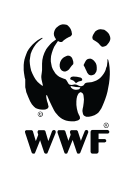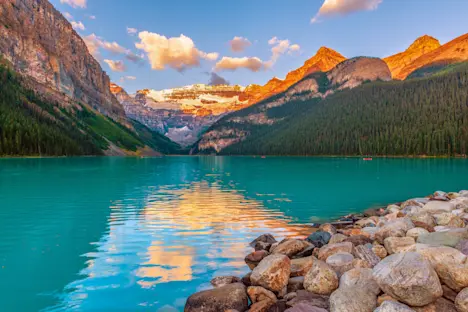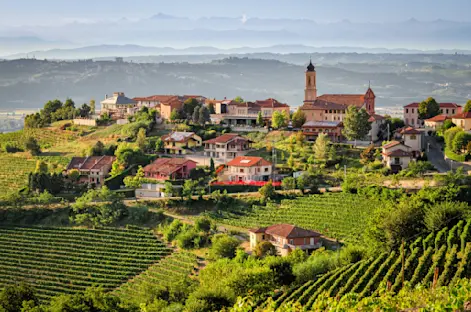Videos & Webinars
VIDEO | Experience Nat Hab's Antarctica Expedition
Watch this Antarctica video and get a glimpse of the one-of-a-kind experience of sailing Antarctica. Whales, seals and penguins greet you throughout the journey as you sail through sea ice and past enormous glaciers.
WEBINAR | Life Between Tides: Science & Survival in Antarctica
What does it take to live and conduct research at the end of the Earth? Expedition Leader and marine biologist Maru Marcias shares her experiences in Antarctica, where she studied intertidal macroalgae for her thesis research. Learn about daily life at an Antarctic research base—from logistics and weather to food and social dynamics—as well as the unique adaptations of algae and marine invertebrates that thrive between tides. Plus, find out what these ecosystems can teach us about combating climate change.
WEBINAR | Polar Adaptations: Wildlife in a Warming World
How is climate change reshaping life on Earth, and how are species responding? In Part 1 of her polar series, Expedition Leader Maru Marcias explores the relationship between climate and biodiversity, using examples from both polar and temperate ecosystems. From gray whales and monarch butterflies to macroalgae and krill, she shares what we’re learning from species that are adapting to a warming world—and those that aren't. Discover why polar regions are especially vulnerable to climate change and how they offer insights into its global effects.
WEBINAR | Meet the Ice-Dependent Seals of Antarctica
In Antarctica, sea ice isn’t just part of the scenery—it’s the foundation for survival. Join Expedition Leader Lianne Thompson for a closer look at crabeater, Weddell and leopard seals. You’ll learn how these remarkable marine mammals depend on ice for breeding, hunting and shelter, and how climate change is reshaping this crucial habitat. Lianne also shares tips on storytelling through image composition, using the ice to frame powerful wildlife photos, and explains how your images can support conservation science through seal identification efforts.

































